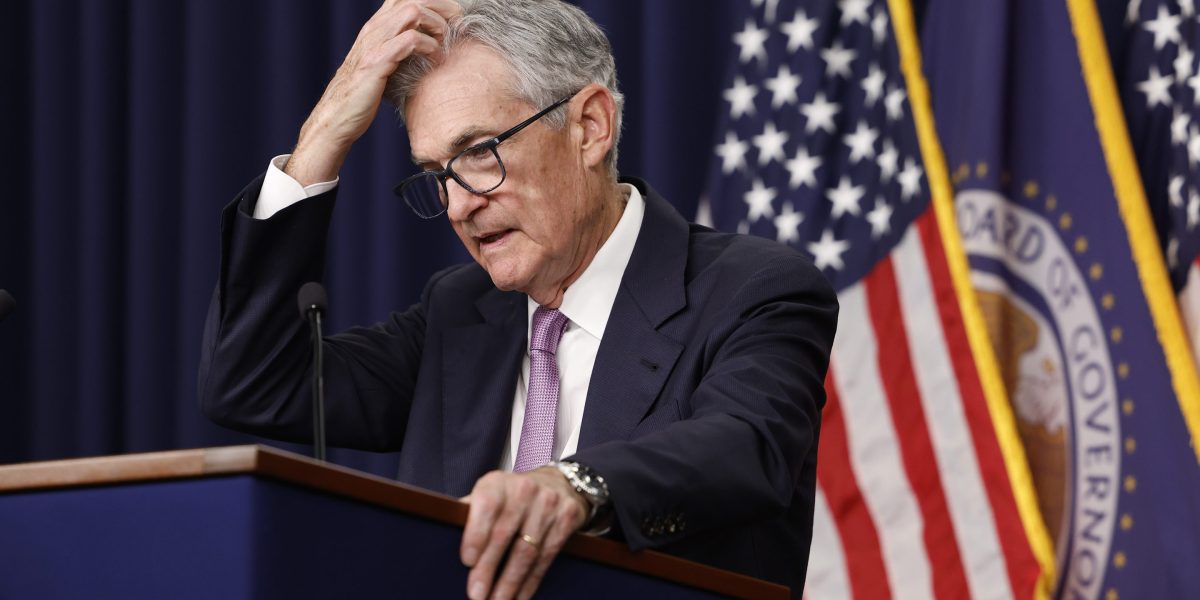Wall Street celebrated the Federal Reserve’s half-point rate cut last month by sending stocks to fresh record highs, but the blockbuster jobs report on Friday has caused doubts to creep in.
Analysts at Bank of America and JPMorgan, which was one of the few banks that correctly predicted the half-point cut last month, have lowered their expectations for November’s policy meeting, and now see a quarter-point cut instead of another 50 basis points.
But others on Wall Street have warned that the situation calls for even more caution from the central bank as further easing could reaccelerate a still-robust economy, threatening to push inflation up again.
For instance, veteran market prognosticator Ed Yardeni told Bloomberg Friday that the earlier half-point cut was unnecessary and no more cuts are needed, adding that “I assume several Fed officials regret doing so much.”
Ian Lyngen, the head of U.S. rates strategy at BMO Capital Markets, said while he still expects a quarter-point cut next month, he warned that if the next jobs report and inflation data come in too hot, then the Fed will likely hold off on more easing.
“If anything, the employment update suggests that the Fed might be revisiting the prudence of cutting in November at all—although a pause is not our base case,” he wrote in a note.
Lawrence Lindsey, a former Fed official who also served as director of the National Economic Council during the George W. Bush administration, told CNBC Friday that policymakers need to consider how their rate cut was followed by a jump in the 10-year Treasury yield, saying it may be a sign they are doing something wrong.
“So my suspicion is that they’re probably going to have to pass at the next meeting,” he added.
Further rate cuts, he warned, would validate expectations for sticky inflation that are underpinning demands for big wage hikes from workers at Boeing and East Coast ports.
Indeed, top economist Mohamed El-Erian said “inflation is not dead” and that the Fed must maintain vigilance on price stability and the job market rather than focus exclusively on supporting full employment.
Similarly, former Treasury Secretary Larry Summers posted on X that nominal wage growth, a key driver for inflation, doesn’t appear to be decelerating and that the jobs report shows any additional rate cuts require a cautious approach.
“With the benefit of hindsight, the 50 basis point cut in September was a mistake, though not one of great consequence,” he wrote. “With this data, ‘no landing’ as well as ‘hard landing’ is a risk the @federalreserve has to reckon with.”
Apollo chief economist Torsten Sløk, who has been steadfast in his view that rates will stay higher for longer, said in a note on Saturday that there’s no need for more Fed cuts, citing the strong economy, low rates that consumer locked in earlier, fiscal spending, and AI-related business investment.
Even before the jobs report, other data suggested the Fed’s rate cut last month was already having a significant impact.
For example, the Institute for Supply Management’s services activity index for September came in stronger than expected.
“Businesses are already starting to see activity and orders rebound as the Fed takes their foot off of the brake,” Comerica chief economist Bill Adams said in a note on Thursday.


